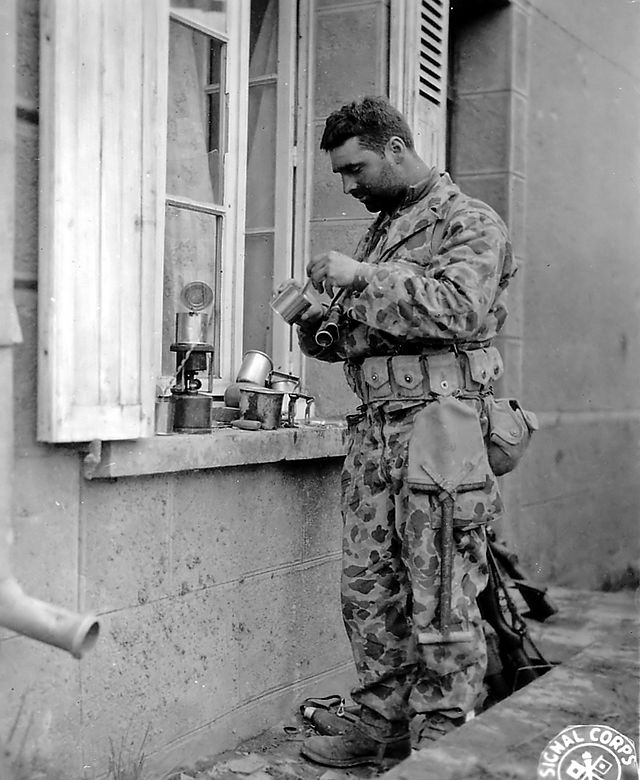Herringbone (cloth)
Fabric woven in a herringbone twill weave From Wikipedia, the free encyclopedia
Herringbone, also called broken twill weave,[1] describes a distinctive V-shaped weaving pattern usually found in twill fabric. It is distinguished from a plain chevron by the break at reversal, which makes it resemble a broken zigzag. The pattern is called herringbone because it resembles the skeleton of a herring fish.[2] Herringbone-patterned fabric is usually wool, and is one of the most popular cloths used for suits and outerwear.[3] Tweed cloth is often woven with a herringbone pattern.



Fatigue uniforms made from cotton in this weave were used by several militaries during and after World War II; in US use, they were often called HBTs.[4][5]
History
Various herringbone weaves have been found in antiquity:
- A pair of woolen leggings found in the permafrost of the Italian-Austrian Alps have a 2:2 herringbone weave, dating to 800 to 500 BC.
- A dark blue cloth with a 2:2 herringbone weave was found at Murabba'at Cave in Israel, from the Roman period.[6][7]
- A textile with a 2:2 herringbone weave was found at Pompeii, from 79 AD.[6]
- An illustration of a cloth having a herringbone weave from Antinoöpolis in Greece from 130 AD.[8]
- The Falkirk Tartan, a wool 2:2 herringbone tartan from around 240 AD.[9][10]
- Similar fabric fragments found at Vindolanda, south of Hadrian's Wall in England.
See also
References
Wikiwand - on
Seamless Wikipedia browsing. On steroids.
